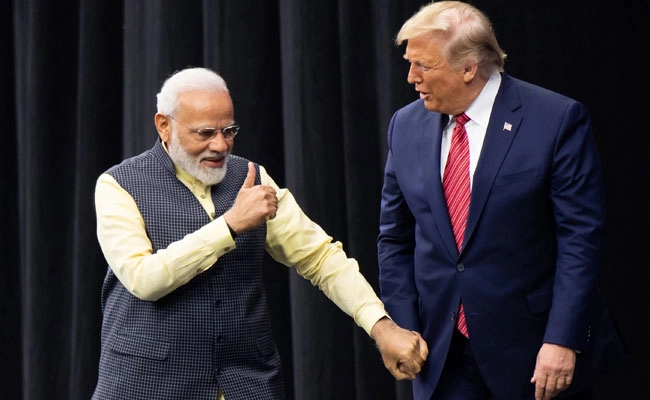The fight to claim Ambedkar’s legacy has taken on a somewhat absurd dimension, reflecting the complex interplay of politics, identity, and social justice in contemporary India. Dr. B.R. Ambedkar, a prominent figure in Indian history, is celebrated as the architect of the Indian Constitution and a champion for the rights of the marginalized, particularly the Dalits. His legacy is not just a historical artifact but a living ideology that continues to inspire movements for equality and social justice. However, this very legacy has become a battleground for various political factions, each vying to appropriate his ideals for their own agendas.
The absurdity of this struggle lies in the stark contrast between Ambedkar’s original vision and the ways in which different groups interpret or manipulate his teachings. On one side, we have political parties and organizations that claim to uphold his principles while simultaneously enacting policies that seem to contradict the very essence of his advocacy for social equity. For example, some factions may cite Ambedkar to bolster their claims to represent the underprivileged, yet their actions often reflect a prioritization of power over genuine social reform. This dissonance raises questions about authenticity and the true meaning of Ambedkar’s legacy in today’s sociopolitical landscape.
Furthermore, the battle for Ambedkar’s legacy extends beyond political parties; it involves civil society groups, intellectuals, and activists who all seek to define what it means to honor his contributions. The discourse surrounding his legacy often highlights the tension between different interpretations of social justice, rights, and representation. Some groups emphasize his economic theories and call for a more radical restructuring of society, while others focus on his advocacy for political representation and legal rights. This divergence in understanding complicates the narrative, leading to an ongoing debate about who can legitimately claim to be Ambedkar’s true heirs.
In this climate of competing narratives, the question arises: how can society honor Ambedkar’s legacy in a way that is true to his vision? It requires a critical engagement with his writings and a commitment to the principles he espoused, rather than a mere tokenistic appropriation of his name. Genuine tribute to Ambedkar would involve acknowledging the systemic inequalities that persist today and working collaboratively across political divides to address these issues. As the battle for his legacy continues, it becomes evident that the absurdity of the struggle is not just in the political maneuvering but in the missed opportunities for meaningful change that Ambedkar himself fought tirelessly to achieve.




